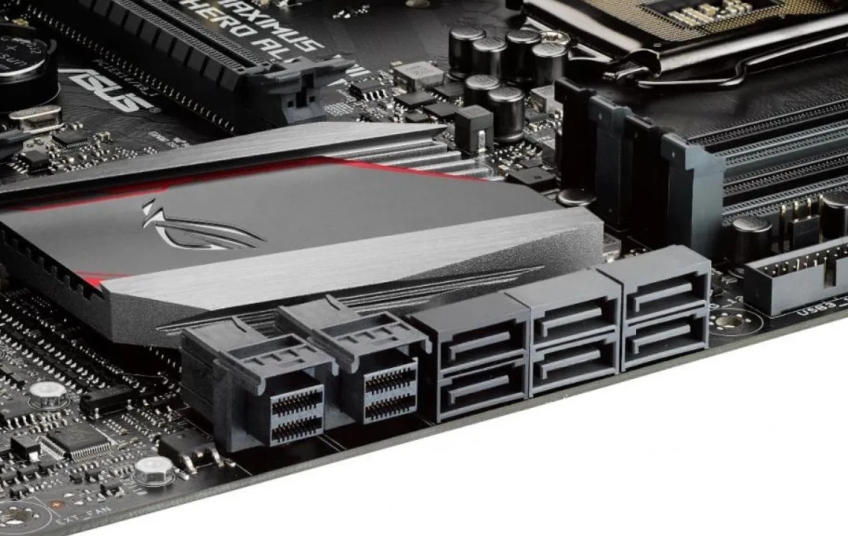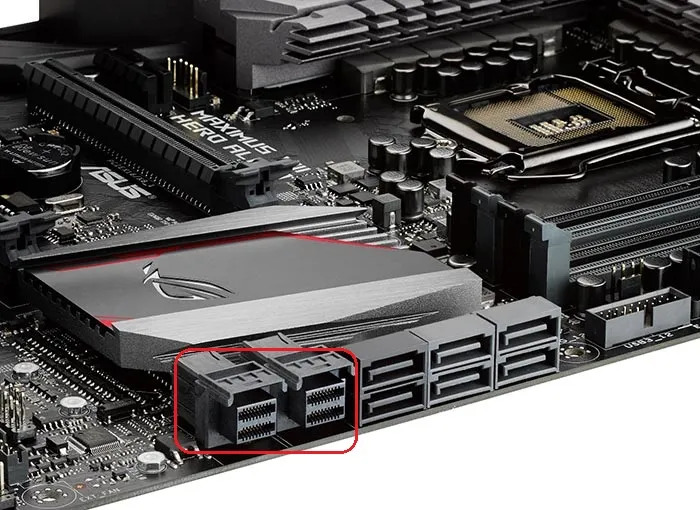When we talk about SSDs, we usually talk about SATA and M.2 PCIe connections. You should know that these aren't the only options available for this type of storage. Some time ago, attempts were made to introduce drives with a U.2 interface for SSDs, but they didn't work out. We'll explain the features of this connector and why it didn't work.
U.2 (pronounced "U dot two" to avoid legal issues with the Bono-led band) made a significant appearance in the X99 and Z170X motherboards of yesteryear. The form factor used to be called SFF-8639 (SSD Form Factor) and was aimed almost entirely at the server and enterprise markets.
Intel thought this interface might be interesting for the mainstream market, so it gave it the brand name U.2. The idea was to have a simple name similar to the M.2 interface, which was just beginning to emerge. Despite Intel's interest, this type of drive never gained a foothold in the market, disappearing from the mainstream segment.
What is the U.2 interface and what are its characteristics?
It's a high-performance small form factor (SFF) connector based on the PCIe interface. An interesting feature of this connector is that it supports both SAS and SATA mechanical drives. Basically, what we have is a standard 2.5-inch SSD, but it works under the PCIe interface, just like M.2 NVMe drives.
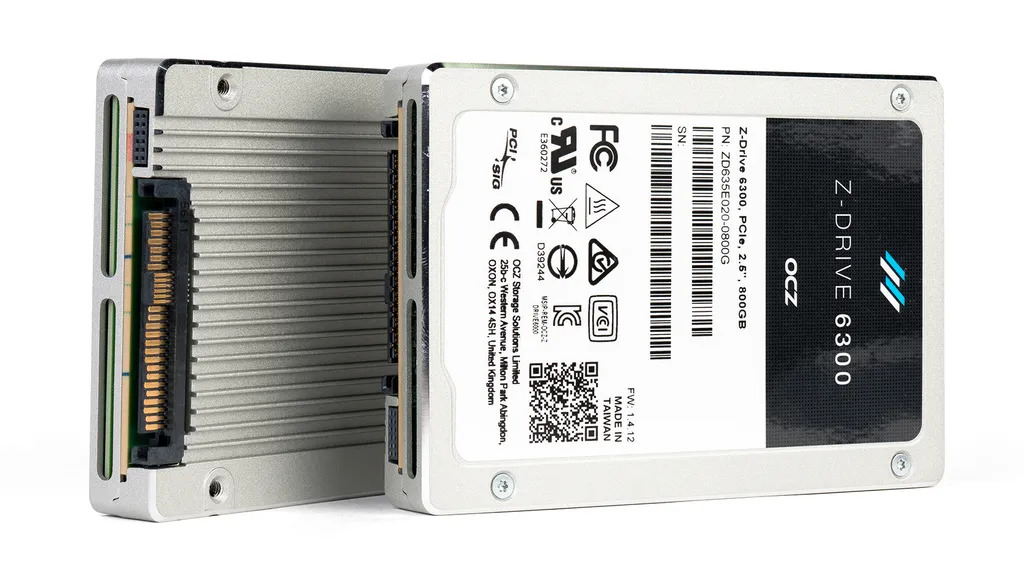
The strength of U.2 SSDs is that they combine several very interesting factors. First, these drives offer high transfer speeds thanks to their PCI Express interface. Furthermore, their 2.5-inch form factor allows for a larger number of chips and, therefore, greater storage capacities. Finally, they don't suffer from the significant thermal issues and dreaded "thermal throttling" that occurs with M.2 NVMe drives, as they have an outer casing that acts as a heatsink.
These drives combined the best of 2.5-inch SSDs with the best of M.2 SSDs, but it wasn't enough. Despite having everything it needed to establish itself as the best possible storage solution, unfortunately, this connector has disappeared on modern motherboards and has been completely forgotten.
However, they require a special connector.
This standard was created by the SSD Forum Working Group. This group came up with the idea of developing a new type of connector for these storage drives. This connector is called SFF-8639. It offers a multi-port connection capable of supporting these interfaces simultaneously:
-
1 SATA port.
-
2 SAS ports.
-
1 x Quad-Lane PCI Express Port.
Essentially, this new connector uses a SATA Express port with a PCIe 4.0 connection. Using this connector is a significant challenge for motherboard manufacturers. It requires routing PCIe controllers to the U.2 connector, making motherboard development difficult. Furthermore, it must be present in the system in order to connect an M.2 SSD.
They are not suitable for laptops
Interestingly, this type of connector never made it onto laptops. The reason U.2 won't make it onto laptops is because SSDs with this interface are larger than 7 mm. You should know that the standard thickness of SSDs for laptops is only 7 mm, to make them thinner.
The problem lies primarily in the design of the SFF-8639 connector. SSDs with this type of connection required an aluminum heatsink to function properly. We now know this is a connector design flaw on the part of the manufacturer.
The SSD Forum Working Group developed the standard with high transfer speeds in mind. We now know that, if the speeds are adjusted, a heat sink isn't necessary. Essentially, it's clear that the creators of the standard made a major design flaw.
U.2 vs. M.2 SSD: What's the Difference?
When NVMe technology started gaining popularity with the launch of Intel's Broadwell-E architecture, the first motherboards with U.2 connectors began to appear on the market, and as we mentioned before, it was at the same time that the M.2 format also began to gain popularity.

Let's see, therefore, what these differences are:
-
M.2 drives were designed for slim, power- and space-constrained devices like tablets and laptops.
-
The PCB of M.2 SSDs is much smaller than that of U.2 SSDs. M.2 SSDs measure 22 mm wide, but vary in length, such as 60, 80, and 110 mm. Since U.2 SSDs require more space to integrate the chips, this complicates motherboard design and placement.
-
These U.2 SSDs allow for hot-plugging of the drive, a feature not available on M.2 drives.
Why haven't U.2 SSDs caught on in PCs?
The reason they haven't become popular in desktop and laptop computers is because of their market launch. Initially, they were created for servers and data centers, not for the general market. While there was a brief attempt to bring them to market as a replacement for the SATA interface, as the latter was so widespread, it proved impossible.
Furthermore, at that time, the first M.2 SSDs were already beginning to hit the market. In short, there was no real chance for this type of interface to succeed. It's also worth noting that not many manufacturers were committed to this type of drive for home users.
Its "failure" at a general level, curiously, has quite a few similarities with the FireWire interface, which was intended to replace USB ports and ultimately fell into the background except in certain professional fields, which opted for its use when the USB ports of the time were not capable of reaching the same transfer speeds.
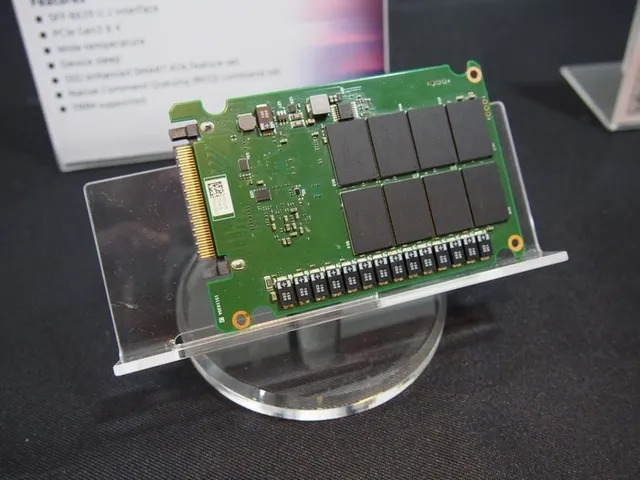
They have found their place on servers
It hasn't really disappeared by any means; it just seems to have been left exclusively for the enterprise environment, and this is precisely because its form factor, combined with its hot-pluggable support, makes it ideal for data center environments. The nature of its connector allows for seamless addition of new drives to the system without having to shut it down or unplug the computer.
So, if you're using a cloud storage system, a streaming platform, or any other service that requires a remote server, keep in mind that they use U.2 SSDs. They not only offer capacity but also the necessary speed, making them ideal for environments that require 24/7 operation. This obviously allows them to eventually replace traditional hard drives, which is why many servers incorporate this type of format.
More and more companies are joining the manufacturing of these units.
One of the key aspects a PC component needs to achieve mainstream use is support from the companies that develop it, and in this case, the U.2 interface is gaining significant popularity among manufacturers. Many large storage drive manufacturers frequently introduce SSDs in this format, obviously targeting the industrial uses they can have, such as integrating them into various data centers and servers.
And in this case, they have found a way to offer capacities that until now we could only see in magnetic hard drives, which, as we well know, one of the main reasons why they continue to be used has to do with the large capacities they have and that far exceed those offered by many SSDs because these are more expensive and therefore require more research to increase their capacities without losing speed.
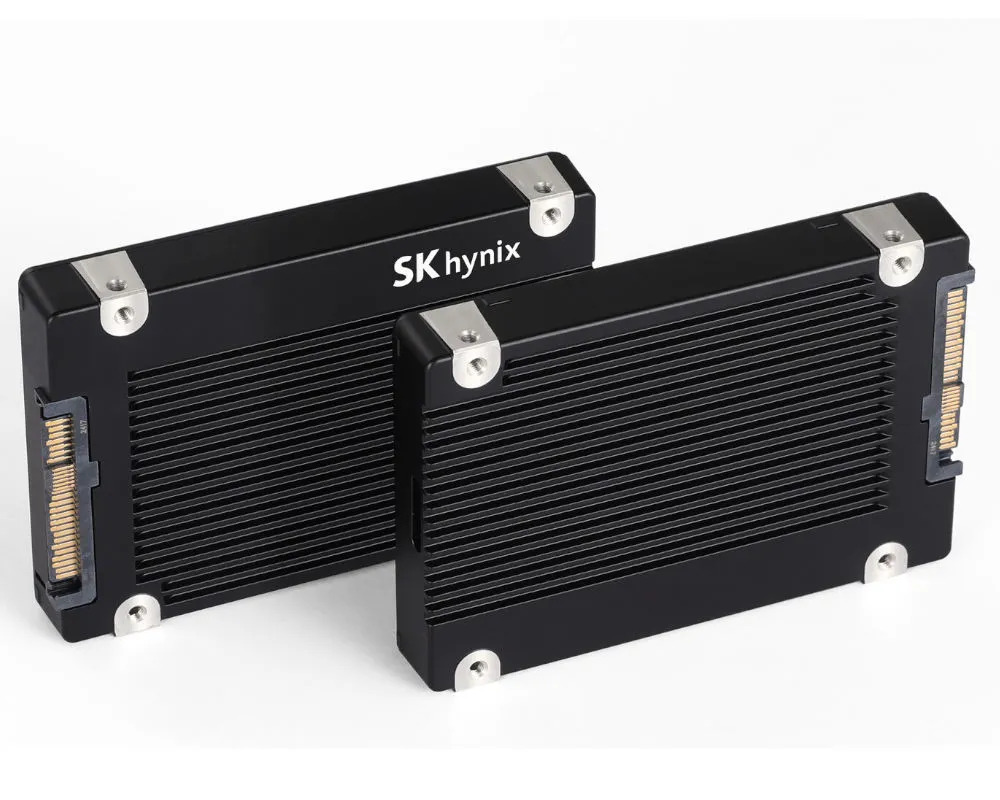
But this is likely to change, as with the arrival of AI, many companies need a storage unit that not only offers large capacities but also the highest possible speeds. For this reason, manufacturers like SK Hynix have created models like the PS1012, capable of reaching 61 TB of storage and expandable to 122 TB, with a target of reaching 244 TB per unit, while still achieving truly high transfer speeds.
Rumors about a possible return
M.2 SSDs have two major problems. The first is that, due to their compact size, expanding their capacity beyond 4 TB is very difficult. Furthermore, these drives suffer from severe temperature issues, generating the Thermal Throttling effect. This is simply a protective mechanism for the drive, which deliberately reduces performance to protect itself when the drive overheats.
Specifically, the thermal throttling problem is exacerbated in M.2 NVMe PCIe 5.0 drives. There are few drives of this type on the market, precisely because of this problem. The few that exist have enormous heatsinks with embedded fans and high prices. These thermal problems are due to the high transfer speeds of these drives, which are around 14,000 MB/s.
Due to this unresolved thermal issue, there are rumors about the return of the U.2 connector. There's no confirmation on this, but it could be a good solution for an M.2 interface that isn't working.



